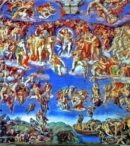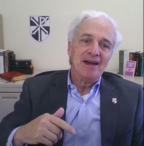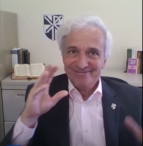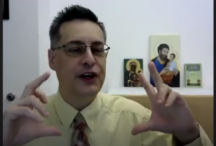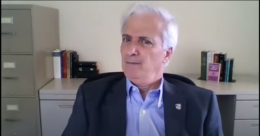We began Mass with the men of the Holy Name in procession as we sang Hark a Herald Voice is Calling, this in view of the Gospel telling of Saint John the Baptist.
Father was wearing rose vestments for Gaudete Sunday. When father is wearing violet or rose, you should expect to hear Mass XVII (which you did) and you should expect to not hear a Gloria (which you did not). When father is wearing rose, you should expect to hear the organ (which you did), notwithstanding that it is Advent (or Lent, as the case may be). We sang Credo I, a rather arbitrary choice.
After the Credo, Father opened the tabernacle and exposed the Blessed Sacrament so that we, the faithful, could make our consecrations to Jesus through Mary after our 33 days of preparation. We preceded the consecration with the Veni Creator, which is customary on such occasions.
At the Offertory, we again sang the great Advent classic, Rorate Caeli Desuper, being sure to include the last verse, which is so evocative of Good Friday:
Be comforted, be comforted, my people: thy salvation cometh quickly: why art thou consumed with grief: for sorrow hath estranged thee: I will save thee: fear not, for I am the Lord thy God, the Holy One of Israel, thy Redeemer.
At the Communion, the mixed choir sang Alma Redemptoris Mater. This is one of the four Marian hymns sung during compline, according to the season, and is the one that is proper to the season that goes from Advent through the Purification. The setting began with the men of the Schola singing the simple Gregorian version of the chant, after which, the music blossomed into a four-part harmonization of the same lyrics.
The Schola followed that with Jesu Dulcis Memoria in honor of the Holy Name on this, the second Sunday of the month at which, customarily, the men of the Holy Name Society make their Sunday observances.
We concluded with the anthem of the Holy Name Society, We Stand for God.


